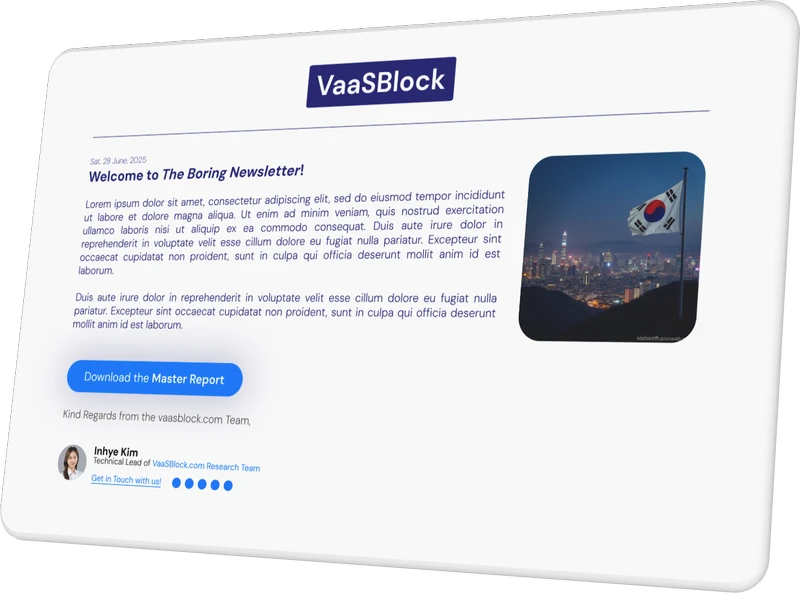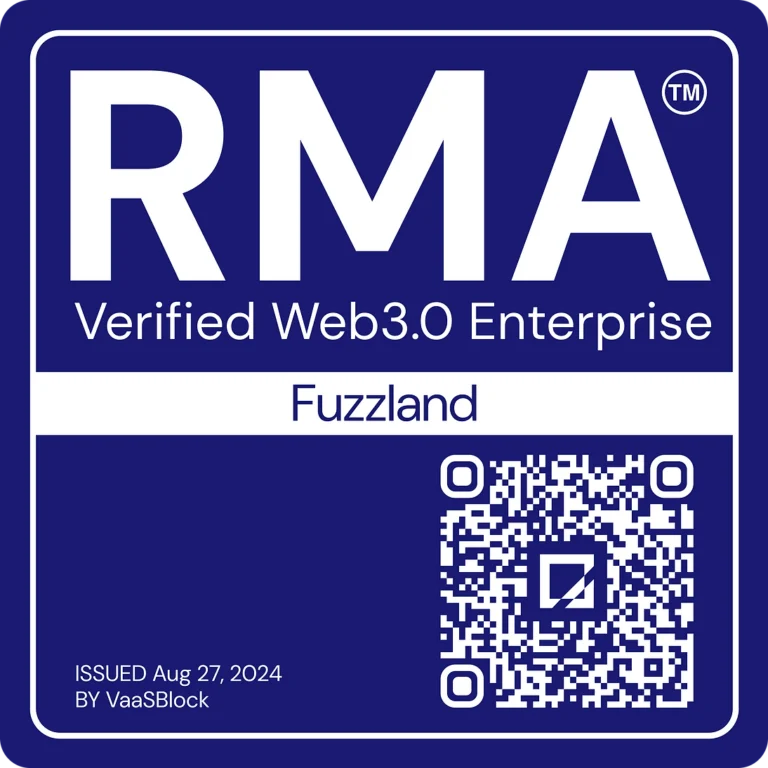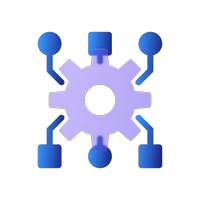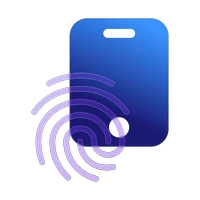Web3 Security & Identity
Security and Identity providers work on safeguarding digital interactions and establishing Trust in decentralized systems. These initiatives include Cybersecurity solutions, fraud detection tools, Identity verification platforms, and decentralized identity (dID) systems. By enhancing data protection, privacy, and authentication processes, these projects empower individuals and organizations to interact securely and confidently in the digital world, addressing critical challenges in Web3, DeFi, and beyond.

Fuzzland
Fuzzland is a Delaware-registered, Palo Alto–based security firm founded in 2022 that specialises in automated smart-contract protection for the growing Web3 economy. Recognised by industry peers fo… Read More
Risk Mgt.
Technology
Marketing
Background

Vibranium Audits
Vibranium Audits is a London-based blockchain security company established in 2021 by academics from the University of Greenwich…

DeFiSafety
DeFiSafety, founded in 2020 and headquartered in Montreal, Canada, is an independent organization that assesses the security and…

Safe
Safe, formerly known as Gnosis Safe, is a pioneering smart account infrastructure that has redefined digital asset management…
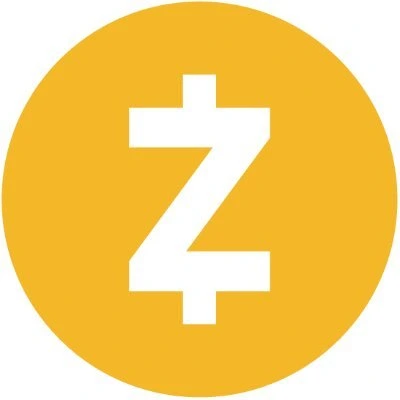
Zcash
Zcash (ZEC) is a privacy-focused cryptocurrency launched in October 2016, designed to offer enhanced privacy and security features…

WorldCoin
Worldcoin is an ambitious project that aims to establish a global identity and financial network by leveraging biometric…

Lunos
Lunos is a decentralized coverage protocol designed to automate and scale risk management across the Web3 ecosystem. Evolving…
Frequently Asked Questions (FAQ)
What is Web3 cyber security?
Web3 cyber security refers to protecting decentralized networks, applications, and assets from threats like smart contract vulnerabilities, phishing attacks, and exploits. Unlike traditional Web2 security, Web3 focuses on transparency, self-sovereign identity, and eliminating centralized points of failure. By leveraging blockchain, cryptographic algorithms, and decentralized storage, Web3 ensures secure transactions, user privacy, and data integrity.
Is Web 3.0 secure?
Web 3.0 is more secure than traditional systems due to its decentralized architecture and reliance on blockchain technology. By eliminating single points of failure and enabling cryptographic security, Web3 reduces risks like large-scale data breaches. However, it is not immune to threats like smart contract bugs or phishing attacks, making secure development and user education essential.
How does Web3 authentication work?
Web3 authentication works by using blockchain technology to verify a user's identity without exposing personal information. Decentralized identifiers (DIDs) and smart contracts allow users to securely log in to applications without usernames or passwords. Authentication is based on public-private key cryptography, ensuring security and privacy.
How do you get a Web3 ID?
To get a Web3 ID, you need to create a decentralized identifier (DID) on a blockchain. This involves generating a unique identifier using platforms like Dock or DeCommerce, which enable self-sovereign identity. A Web3 ID provides users control over their data, allowing them to selectively share information with third parties.
What is Web3 proof of identity?
Web3 proof of identity refers to a mechanism that verifies an individual or entity's identity using blockchain. It ensures that identities are linked to unique blockchain addresses, preventing fraud and impersonation. This verification can be used for compliance, trust-building, or access to decentralized applications.
